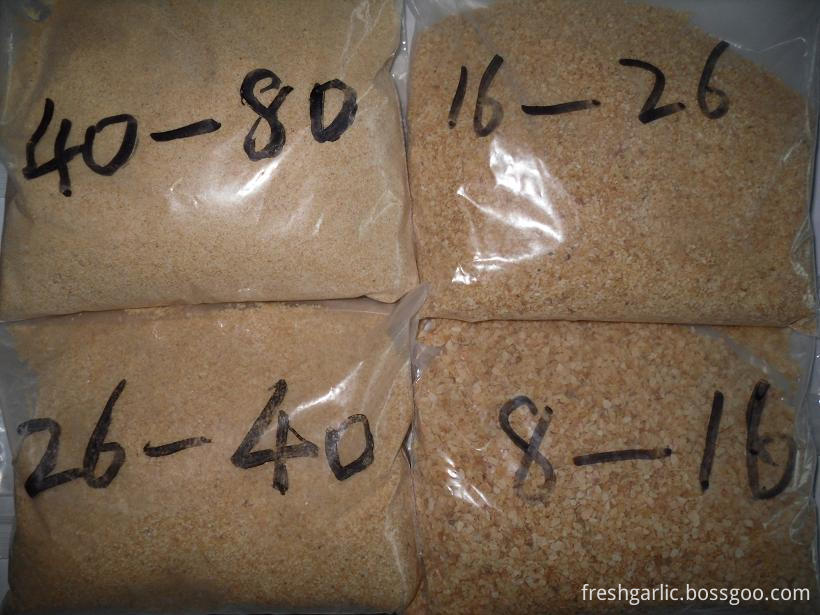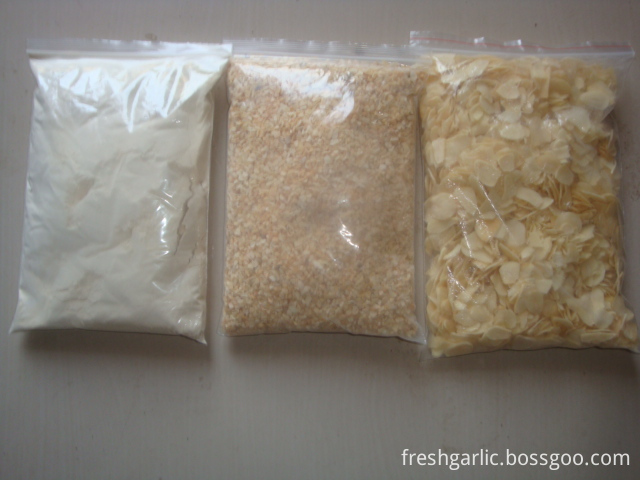Soybean red spider is a cinnabar leafhopper belonging to the family Arachnidae. In 2007, affected by the high temperature and drought, soybean spider mites had an area of ​​120 million mu in Heilongjiang Province, causing a serious reduction in soybean production. According to the survey, in recent years, the damage of soybean spider mites has risen to a major position, generally reducing soybean production by 20-30%, and severe plots cutting production by 70-90%.
First, the morphological characteristics. Adults are 0.3-0.5 mm long, red-brown, with 4 pairs of feet. Females are 0.5 mm in length, oval or pear-shaped, slightly broadened at the front end, slightly pointed at the tail, slender bristles on the back of the body, and one black long spot on each side of the body; wintering females are red and shiny. The male is 0.3 mm long, purple to light yellow, spindle or pear. Egg diameter 0.13 mm, spherical, colorless and transparent at the beginning of production, gradually turned yellow with red. The juveniles have 3 pairs of legs, which are round in shape and yellow-white in color. They are oval greenish after feeding, and dark green spots appear on both sides of the body. If there are four pairs, light green to light orange, with bristles on the back of the body.
Second, living habits. Soybean spider mites thrive on fertilized female adults on earth seams, weed roots, and soybean plant residues. Activities will begin in the middle or late April of the following year. They will first infest the weeds such as small peony, small bindweed, dandelion, and plantago. They will turn to soybeans from June to July, and will increase in temperature from late July to early August. The propagation speeds up and spreads rapidly; it gradually decreases after mid-August, and when the temperature drops in September, it begins to shift to wintering grounds and begins wintering in October.
Soybean red spiders took 8-12 generations in one year in Heilongjiang province. The developmental starting temperature was 10.5°C and the upper limit temperature was 42°C. The effective accumulated temperature of the completed generation was 163.25°C. The development period from the egg to the adult development time is the shortest in the relative humidity of 35-55% and the average temperature of 22-28°C. It takes only 10-13 days. Therefore, when the duration of drought lasts for more than 14 days, it will be the fastest and the most serious. When the relative humidity exceeds 70%, it is not conducive to the occurrence of red spiders, and the low temperature, rainy weather, and windy weather adversely affect the breeding of red spiders.
Third, the characteristics of damage. Soybean red spiders can occur during the whole growth period of soybeans. The initial occurrence of spotting occurred. The sorghum and rhynchophylla were clustered on the back of the leaves to form a net and suck the leaf juice. The leaves of soybean leaves suffered from yellow-white spots on the front of the leaves. After 3-5 days, the spots expanded and encrypted. Red-brown spots appeared on the leaves, and some or all of them curled up. Scorching turned yellow or reddish-brown, deciduous or even light culms, and the whole plant died in severe cases. Heavy nitrogen fertilizers are heavy. In the absence of food, there are migration habits. In July-August, the peak of damage occurred. Heavily-grassed or sparse growing plots were heavier.
Fourth, control methods. 1 Agricultural control: Apply basic fertilizer, increase phosphorus and potassium fertilizer, do not de-fertilize in the later period, remove weeds in a timely manner, dredge dry water in time, and conditionally conduct flood and drought rotation to reduce the incidence. 2 Chemical control: The occurrence of spotting, soybean leaf rolling rate should be 10% immediately medication control, can be combined with control of aphids use 73% chlorbenazide net 3000 times or 40% dichlorhydrin 1000 times or 25% gram Special emulsion 3000 times liquid or 20% broom net, 2000 grams of EC cream such as spray, even spray 2-3 times. Under drought conditions, the amount of liquid sprayed was increased by 1% of plant spray additives Yaoxiaobao, Xindebao and others. 3 biological agent control: organic soybeans can choose 1.8% avermectin EC, 0.3% azadirachtin EC 1500-2000 times solution, or 10% LIU yangmycin EC 1000-1500 times, 2.5% HC400- 600 times liquid, bionic pesticides 1.8% Agricultural Colocasia emulsifiable concentrate 2000 times spray, under drought conditions, plus the amount of liquid spray 1% plant spray additives Yao Xiao, Debao and so on.
Garlic Granules are exported to many countries.one container can load garlic flakes, garlic granule and Garlic Powder,we can pack the goods at customer's request.
Our produce from garlic flakes to garlic granule:
Garlic flakes--re-dry--flow away the garlic skin--select out the garlic flakes with dark spot by machine color sortor --produce to different size granule
Garlic Granule, 25 kg/carton
Products Description
1. Commodity name: Garlic powder
2. Features:
1) Specification: 80-100 mesh, 100-120 mesh
2) Color: 100% pure natural white, no obvious spot
3) Moisture: 6% max.
3.Packing:
a) Inner packing:12.5kg/2 aluminum foil bags
b) Outer packing: 25kg/ctn
4. Supply period: All year round
5. Conveyance: 18mts/20' FCL


Dehydrated Garlic Granules,Garlic Granules,Dried Garlic Granules,White Dehydrated Garlic Granules
JINING FORICH FRUITS & VEGETABLES CO., LTD. , https://www.forichgarlic.com